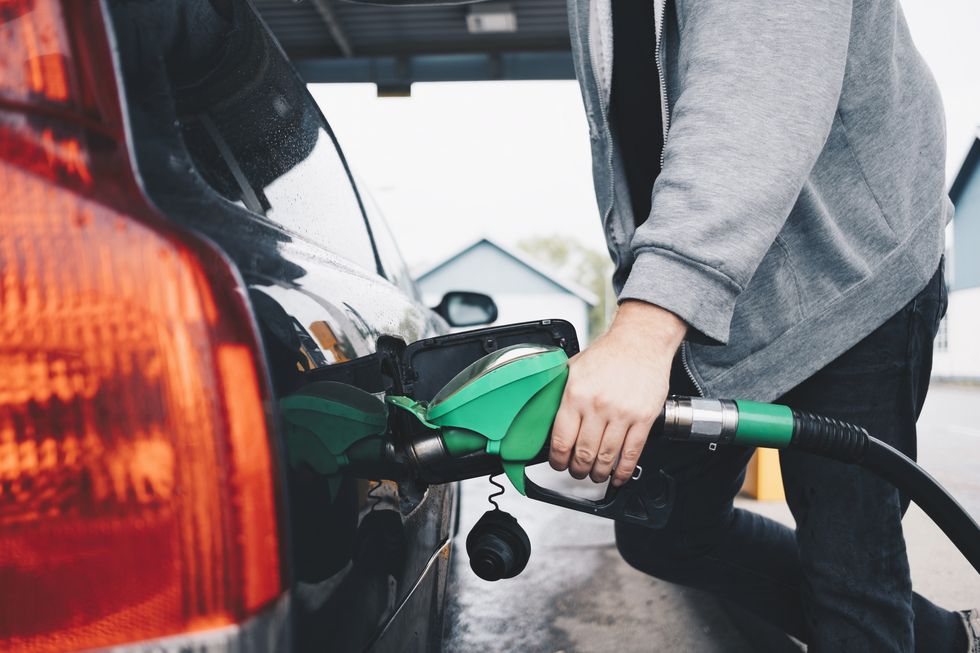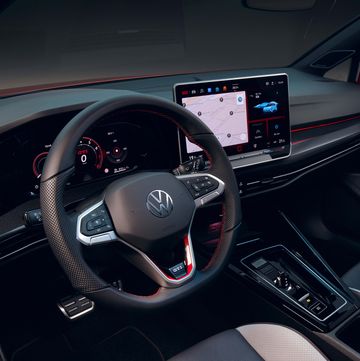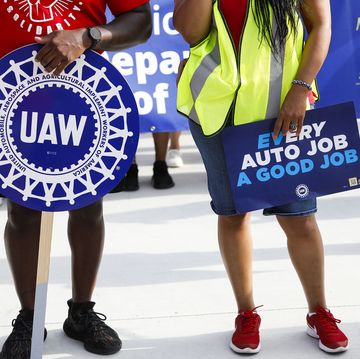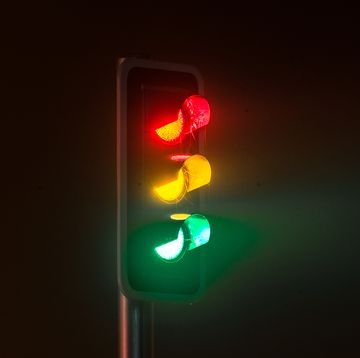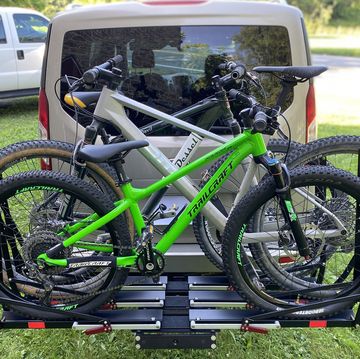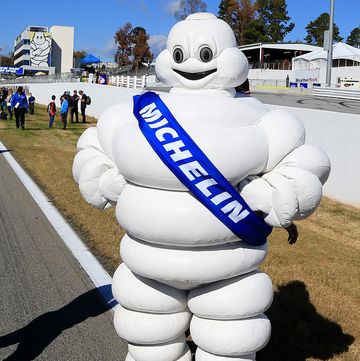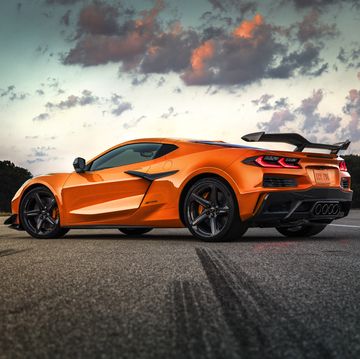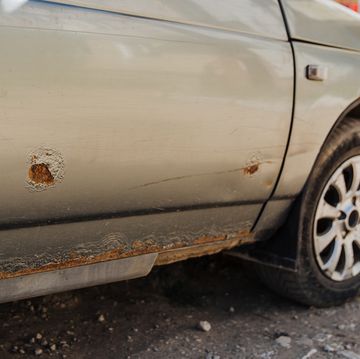E15 is shorthand for gasoline (Unleaded 88) blended with 15 percent ethanol. This type of gas is often cheaper, but its sale is usually curtailed during the summer travel season because of its environmental effect.
However, E15 gas got more attention in 2022 when fuel prices rose due to Russia’s war with Ukraine. But earlier that year, President Biden allowed for more E15 to be sold during the summer to provide a cheaper fuel source (E15 sells for about 10 cents a gallon less than E10)—also noting it would not cause immense harm to the environment.
Ethanol is fairly corrosive to rubber and certain metals, which means it can cause damage to vital components in your fuel system—this is why it’s such a big deal on social media. Ethanol also attracts and bonds with water from the air, and that water can separate out inside the tank due to phase separation.
If your vehicle sits for long periods between use, the moisture settles to the bottom of the tank and can potentially clog the pumps and filters that help carry the fuel from your tank into your engine. Damage is also possible in fuel lines, injectors, seals, gaskets, and valve seats as well as carburetors on older engines.
Is It Really Okay for My Car?
The gas you use regularly is often 10 percent ethanol, but some industry groups believe the higher concentration of it in E15 gas will cause problems. All cars 2007 and newer should be compatible with E15, because automakers have changed the formulation of the affected components.
The EPA has certified vehicles in the U.S. fleet made in 2001 or later, and all Flex Fuel-capable vehicles (able to use up to an 85 percent ethanol, 15 percent gasoline mix) as E15 compatible. One study conducted at Kettering University found no remarkable degradation in fuel systems all the way back to 1995 model years. But the main issue is whether or not your vehicle will be covered under warranty for any damage caused by E15 usage, and in many cases, the answer is no.
My Car Was Manufactured Before 2001. What Should I Do?
Don’t fill your fuel tank with E15, simple as that. Even though the new fuel is coming to market, the gasoline or E10 you fill your tank with now will still be available. There is a twist, though. At gas stations that use blender pumps (a single spout that dispenses all octanes) you’ll have to purchase at least four gallons of E10 to ensure any E15 in the hose is diluted to safe levels in your fuel tank. The best advice if you have an older car is to stick to stations that have not switched over.
Can you get better mileage with E15? Not really. There’s never been any noted difference between a car operating on E15 compared to E10.
Will E15 Gas Damage My Lawnmower, Boat, Jet Ski, Snowmobile, etc?
It sure will if you don’t pay attention. Generally, small engines are not designed to deal with the more corrosive E15 blend. And, as we mentioned previously, ethanol forms a brown goo when left in a fuel tank too long, which can clog fuel-system components.
Two-stroke engines run hotter with an ethanol blend, which accelerates the potential damage. And ethanol can wreak havoc on fiberglass fuel tanks in older boats. Groups like the National Marine Manufacturers Association and Outdoor Power Equipment Institute have issued strong warnings to consumers to pay attention to their fuels or risk severe engine damage.
Use a fuel stabilizer if the engine will sit for more than a few weeks without use; this will reduce the ethanol–water separation and potential gumming issues. Be careful to avoid using E15 in uncertified engines like these, at least until the subject is studied more thoroughly, and the engineering catches up to the fuel.

